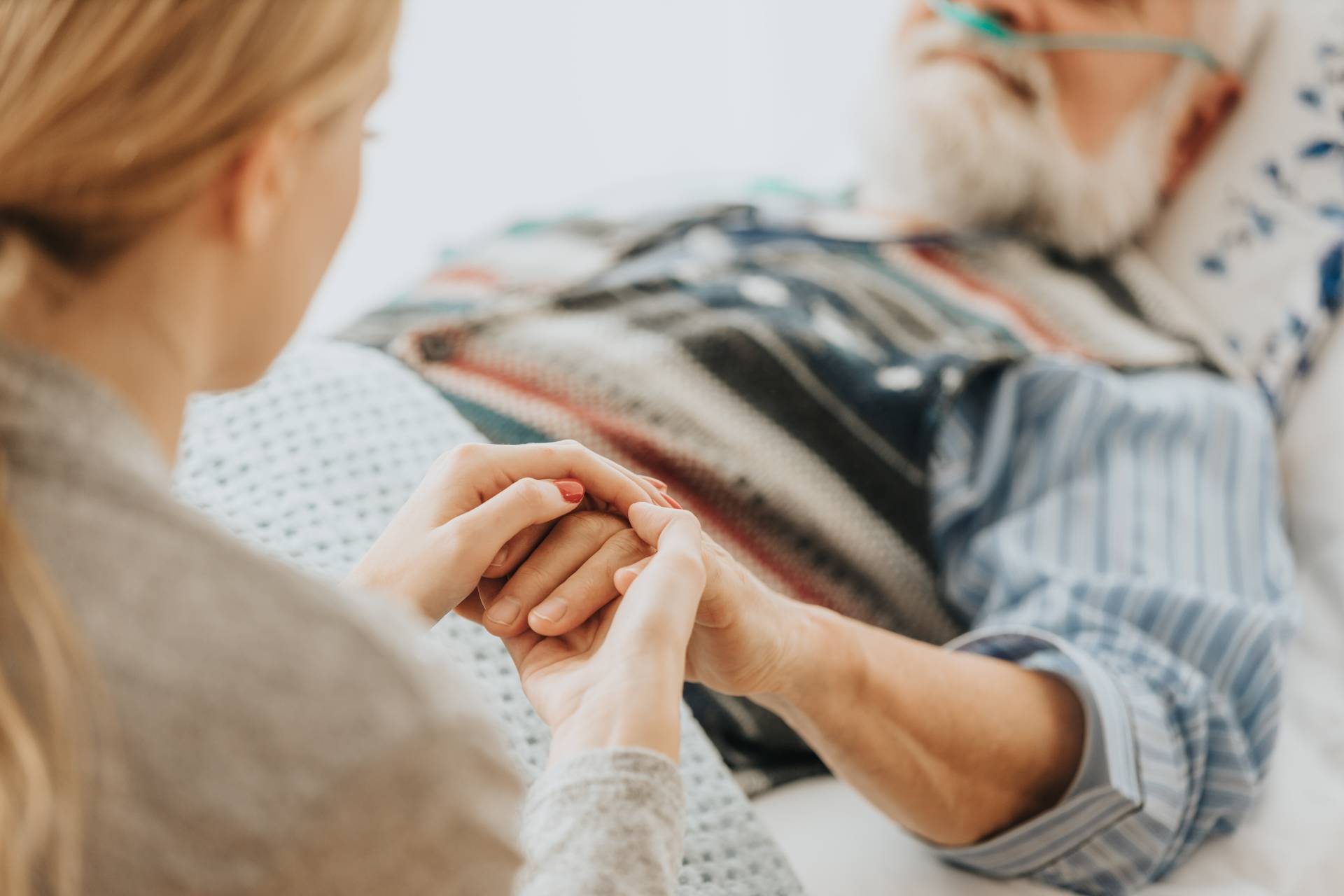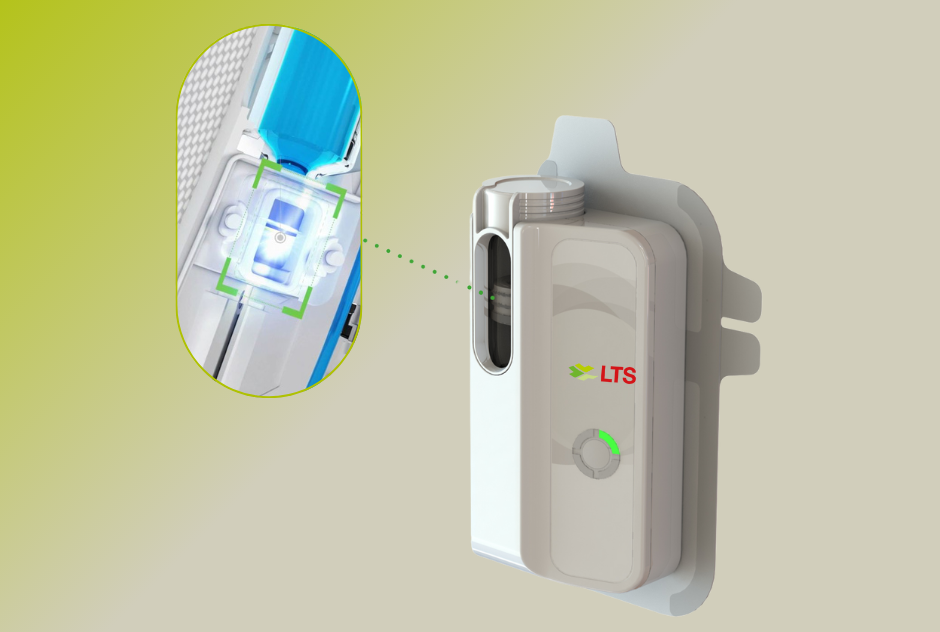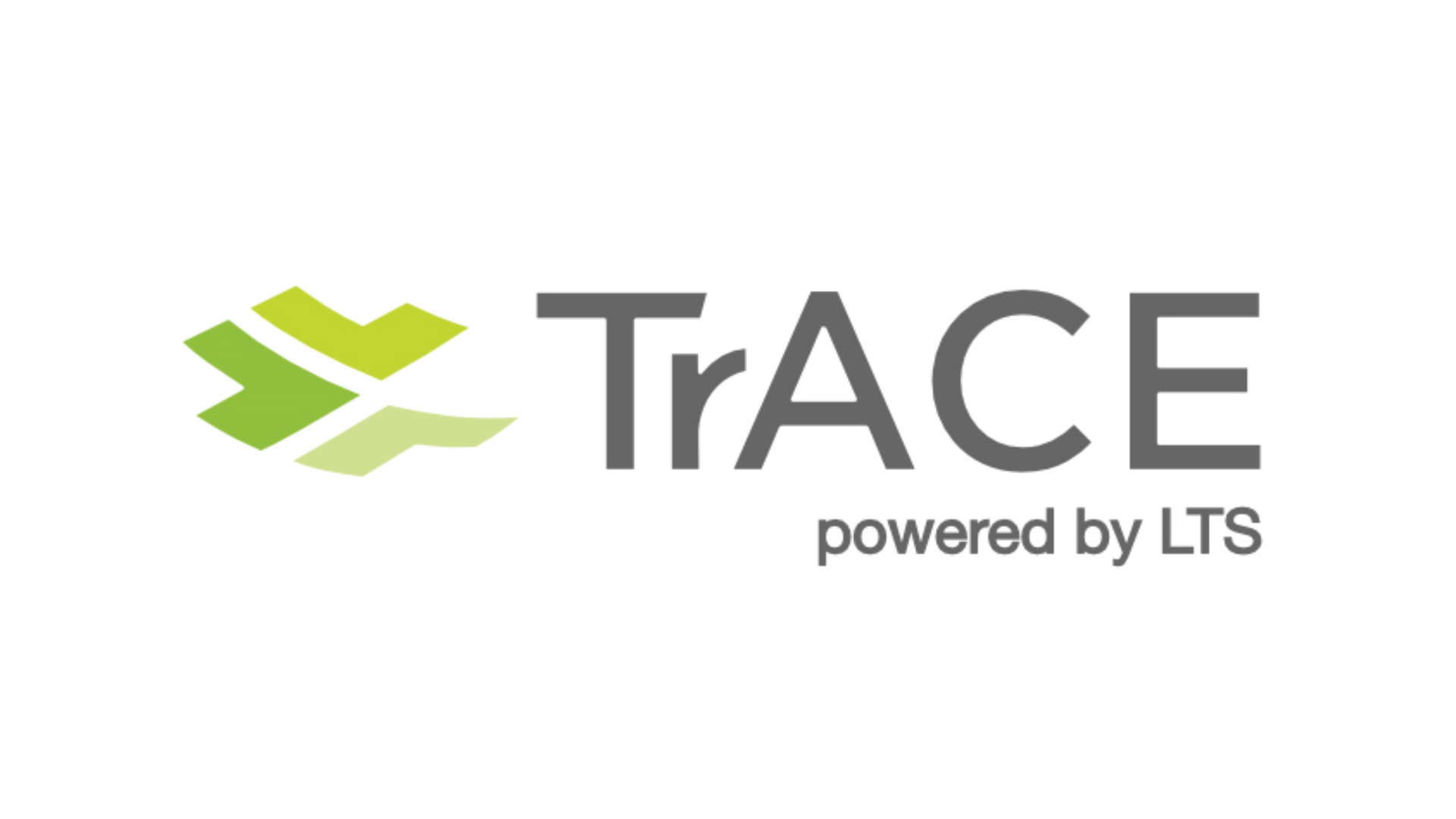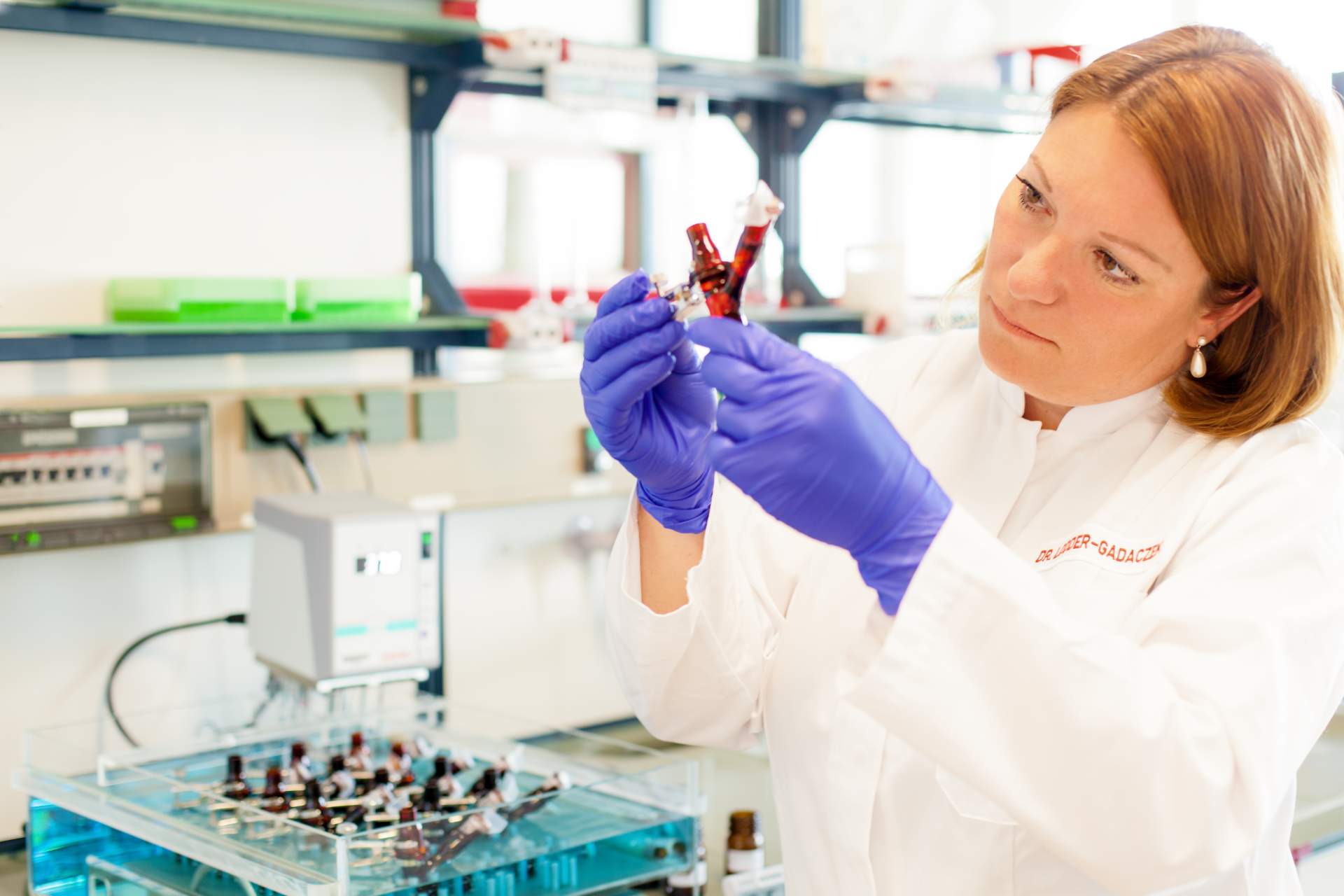
Innovation bei der Verabreichung von Medikamenten soll die häusliche Palliativpflege verändern
Although they can refer to exactly the same place, the words ‘house’ and ‘home’ conjure up contrastingly different images in our minds.
While one is grounded in the reality of bricks-and-mortar, the other articulates something more emotive. It describes a sense of place as well as our sense of belonging. More than just the roof over our head, it is the comfort and security it brings – a message that was underlined heavily during the pandemic.
This powerful sense of ‘home’ partly explains why momentum has been building behind home-based care for many years, with advances in drugs and medical devices helping to give patients more opportunity to manage their conditions in familiar surroundings. Again, the pandemic served to add impetus to this trend through the requirement to limit visits to medical facilities and reduce physical interactions with healthcare professionals (HCPs).
In the context of palliative care, the benefits of being treated at home have been felt even more acutely by patients and their families. This has given rise to increasing numbers of ‘virtual wards’, where, under the supervision, guidance and support of HCPs, long-term conditions and end-of-life care can be managed within the more comfortable home environment.
Difficulties remain, however, in transposing clinical care to the home. At the end of life, patients are experiencing a variety of quickly changing symptoms and their medical needs can be complex. Providing access to the appropriate medicines in these situations can be made more burdensome by reduced physical capabilities, with oral medicines in tablet form presenting a real challenge for a cohort of patients who often have difficulty swallowing. And for those patients who require a faster onset or sustained dosing over long periods of time, the use of cumbersome syringe pumps can be an uncomfortable proposition.
At LTS, we believe there is significant potential for improving end-of-life home-based care through the use of more discreet and more patient-friendly drug-delivery mechanisms such as transdermal therapeutic systems (TTS) and oral thin films (OTF). To explore this potential further we spoke with a Medical Director at a large hospice group in the UK.
Based on their experience, our end of life expert confirms that drug delivery in end-of-life care situations is beset with challenges and compromises. Timeliness, for example, can have a significant impact on symptom relief, they say, but where medication can only be administered by community-based nursing staff with intense demands on their time, response times will not always match ideal expectations.
As such, there is potential for family members and carers to play a greater role in medication management. For certain therapies – and always under the strict supervision of an HCP – those close to the patient can support the act of administration. While inappropriate for certain drugs, such as stronger analgesics, there are many other instances where this approach could successfully be deployed to provide timely relief from symptoms such as sickness and anxiety.
As previously mentioned, oral dosage forms can be problematic here. The same is true of injections: indeed, alongside the many patients who would prefer to avoid the discomfort of needle-based drug delivery, there are many caregivers uncomfortable with the idea of administering medicine by syringe.
Of course, alternative routes of delivery are also possible. Our source highlights recently published research which noted the frequent and successful use of transmucosal drug-delivery routes in paediatric palliative care, where there is particular emphasis on helping children avoid the pain of injections. The research advocated extending this focus to adult care, identifying 27 medications in orodispersible or transmucosal form that may be used in adults in the event of patients have no oral or intravenous route and no access to subcutaneous injections*.
The authors admit that the evidence base for delivery via transmucosal routes is, largely, “yet to be established”, however there are a number of marketed products evidencing efficacy and outcomes which should give confidence to developers to pursue a broader range of indications.
In addition, the benefits of pursuing alternatives methods of delivery goes beyond the physical, says our palliative care expert, with the invasiveness and awkwardness of treatment routes such as syringe pumps also carrying a psychological impact. It can make individuals feel trapped under the label of ‘patient’, rather than being afforded the precious chance to live out their remaining time with greater freedom.
The reality of this situation contrasts dramatically with what can potentially be achieved using transdermal therapeutic systems and oral thin films, where drugs can be easily and discreetly administered. Looking to the future, this hints at the huge potential these technologies offer for the delivery of opioids, sedatives, anti-emetics and anti-secretory drugs – the four core pillars of medication in end-of-life care.
Importantly, these new opportunities must be considered in the context of any new risks. The empowerment of caregivers should be aligned to the administration of appropriate therapies only and should only be achieved in tandem with critical oversight from an HCP. These controls remain essential to avoid misuse and protect patient safety.
The Medical Director is optimistic that these factors can be taken into account, and that progress can be made in enhancing drug delivery in home-based end-of-life care. Ultimately, he concludes, responsibility rests on pharma companies and their partners, as stakeholders in the caregiving chain, to champion this area and explore the technologies that can ease current drug delivery challenges.
As well as supporting those in caring roles, progress here will also help patients retain as much of their identity and dignity as possible in their final weeks, days and moments, supporting them in experiencing a ‘good’ death at home.
*Sutherland AE, Presland M, Harrop E, et al. BMJ Supportive & Palliative Care 2022;12:305–315.







